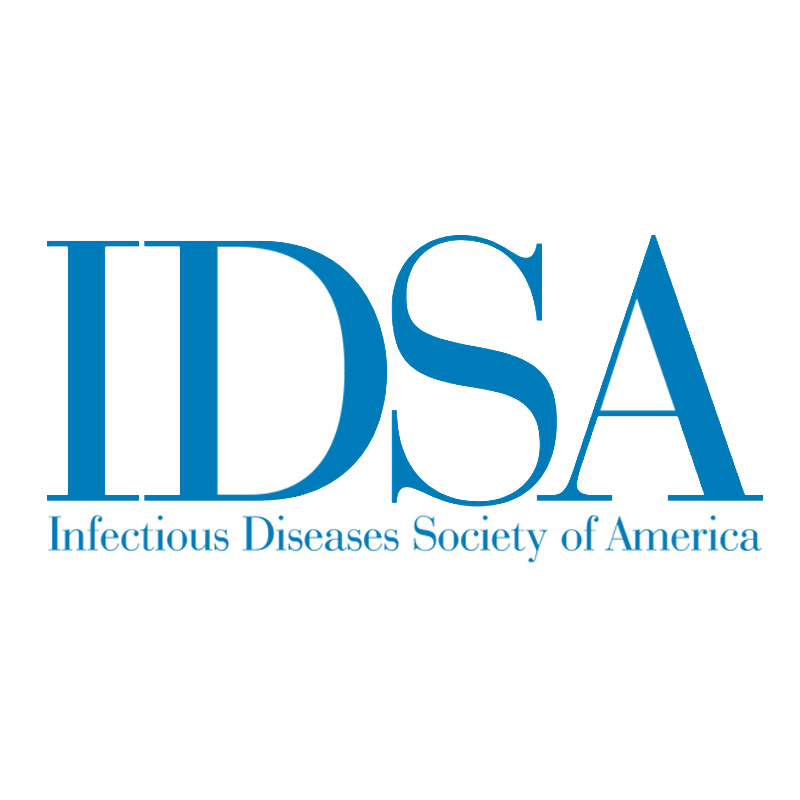> This means that monovalent pandemic dose capacity could be sufficiant to cover most of
> the global population by 2010
IFPMA, WHO-meeting, October 2007
life investment cost for life bulk 3B doses of pandemic vaccine within 6 months of declaration
of a pandemic:
timeframe to serve developing world pandemic demand
year time to 1st dose
time until demand served
base aggressive
--------------------------------------------------------
2007 5y >10y 8m 25m
2008 4y >10y 8m 24m
2009 3y 9y 6m 17m
2010 3y 9y 6m 16m
2011 3y 9y 6m 16m
2012 3y 9y 6m 15m
2013 2y 6y 5m 12m
2007 2013
------------------------------
3 0M 0M 300M 700M
4 20M 50M 600M 1400M
5 60M 160M 900M 2100M
6 90M 250M 1200M 2800M
cumulative prepandemic H5N1-courses
year base aggr
-------------------------------
2008 111 1200
2009 389 3600
2010 623 6300
2011 688 9000
2012 684 11800
2013 967 16400
base case assumes yields of 1/3 of seasonal vaccine, access
to novel adjuvants or alum, and stockpiles need to be regenerated every 2 years.
Aggressive case assumes yields of 80%, access to best adjuvants to all
>Our estimate is that in a ?best-case? scenario, only 1.2 billion courses (2.4 billion doses)
> could be produced from current capacity within six months, and current stockpiles are limited
> Cell-based inactivated: ...still costs >50% more than egg-based


Comment